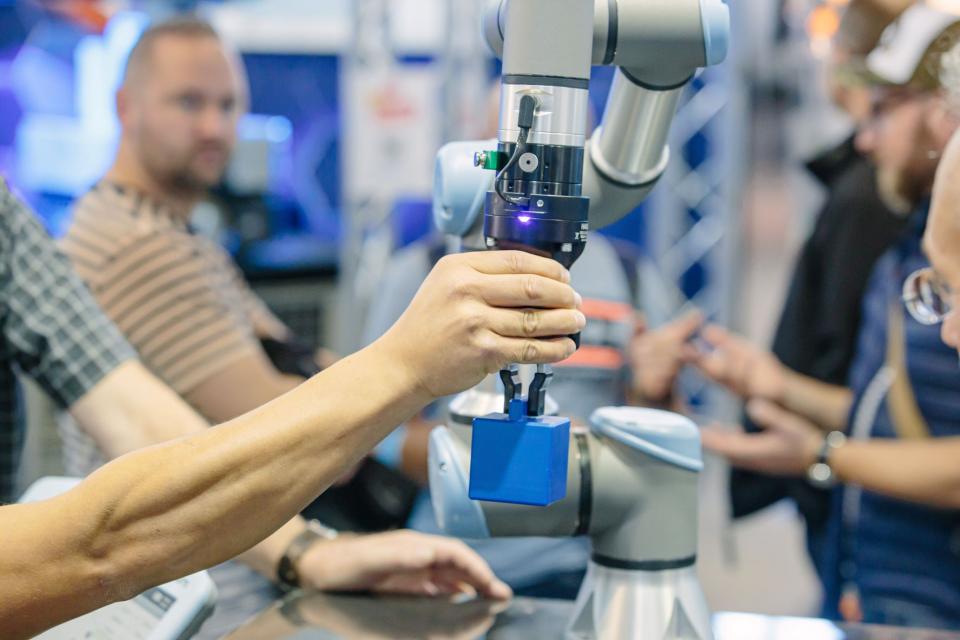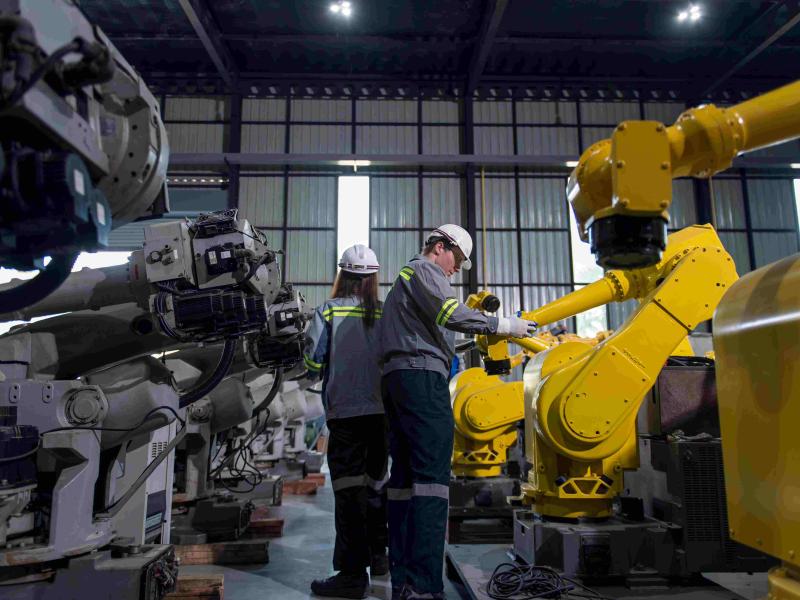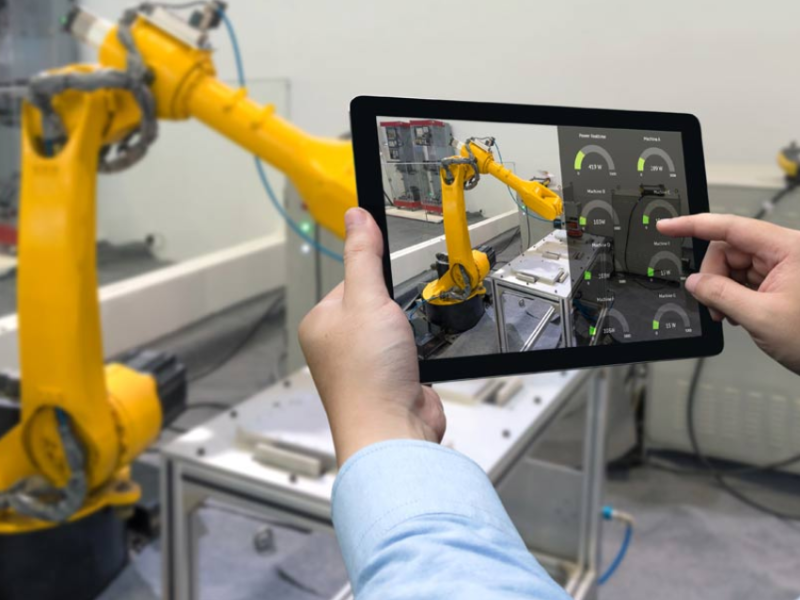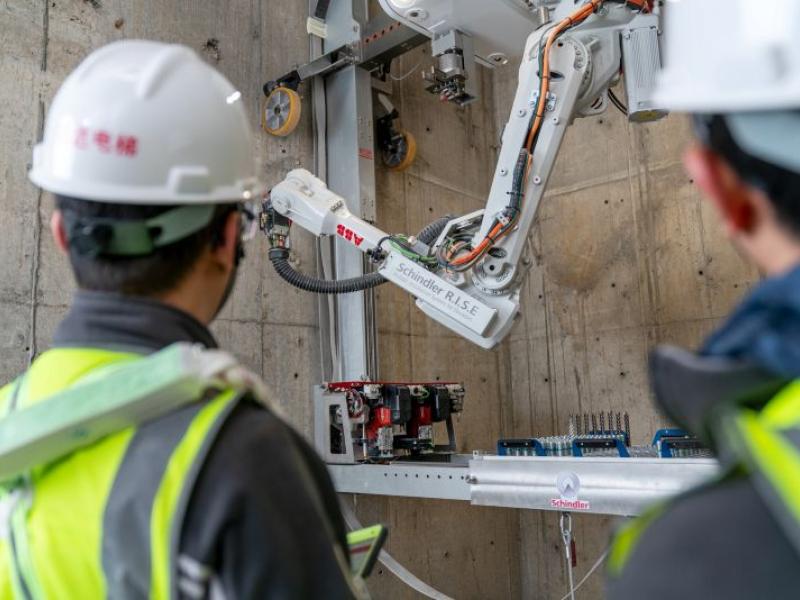In today’s economic climate, the companies that thrive are those surrounded by a collaborative ecosystem of business partners, this is according to Masayuki (Masa) Mase, Country Manager for Universal Robots Oceania.
Universal Robots is one such company – creating an extensive ecosystem of independent businesses, all united through innovation. “Universal Robots’ ecosystem is made up of UR+, our distributor network, certified system integrators, and original equipment manufacturers (OEMs) – totaling 1100 partners globally.” This is the world’s first ecosystem of approved UR+ partners, developed in 2016. “To facilitate this ecosystem, we custom-built a platform to enable us to work with third parties who are experts in their respective fields of technology,” explains Masa.
Three Ways that Collaboration Drives Success
Masa shares the following potential benefits for manufacturers across the continent, wishing to implement an ecosystem of their own:
- Drives Innovation
Collaboration fosters strength and expertise. “The strength of an ecosystem lies in its partnerships. The size of the platform drives innovation while maintaining high standards, encouraging collaboration and creativity that ultimately benefits the customer,” says Masa.
Some may decide to operate independently when it comes to producing parts, but Universal Robots believes in leaving it to the experts in their respective fields. “We collaborate with brilliant engineers in their specific areas of expertise – this inspires creativity and ensures the highest possible quality.”
2. Provides Customers with Choice
Problem solving is part of every business and having access to diversity of expertise means that anything that a customer wants is easy to find. “From the right tool for an application to a full-scale solution, everything is available through collaboration,” he adds.
More choice means that a company can meet their customers’ needs, says Masa. In a broader sense, it means a more dynamic ecosystem with partners jostling to outdo one another or to find underserviced niches.
3. Gets Closer to the Customer
“The sheer size and diversity of Universal Robot’s network brings us closer to the customer,” explains Masa. “Having more to offer provides a holistic solution that adds more value.”
In today’s fast paced world, it’s all about adding value, establishing trust, and ultimately creating a connection - and this is where a big ecosystem comes in. “The customer should think of you as a one-stop-shop. No problem should be too big or too small to solve.”
Finally, an ecosystem is constantly evolving and thrives on feedback from partners and customers to help solve applications and improve processes. “Opportunity and necessity continue to drive innovation. There is no limit to the imaginative ways that we can improve both working lives and performance,” Masa concludes.






